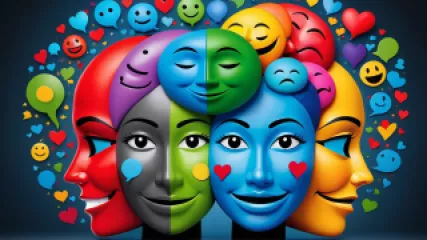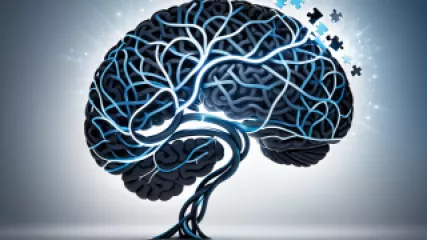Demystifying Cognitive Theories of Intelligence
1 year ago
Intelligence Theories
Screen Time Management Lessons from a Novel
1 year ago
Reducing Screen Time
Understanding the Connection Between Diet and Mental Health
1 year ago
Psychology of Eating
Understanding Emotional Intelligence: Research Summary
1 year ago
Emotional Intelligence Basics
Inside Therapeutic Self-Disclosure: An Interview
1 year ago
Therapeutic Self Disclosure
Navigating Expectations: A Journey in Self-Reflection Coaching
1 year ago
Managing Expectations
Top 10 Relaxation Techniques for Sleep Disorders
1 year ago
Sleep Disorders
Mastering Cognitive Flexibility: A Step-by-Step Guide
1 year ago
Cognitive Flexibility
Understanding Neurodiversity Support Services: A Step-by-Step Guide
1 year ago
Neurodiversity
Finding Solace: My Journey Exploring the Therapeutic Effects of Natural Environments
1 year ago
Benefits of Nature
Learning Color Psychology for Stress Relief from Famous Interiors in Movies
1 year ago
Psychology of Color in Interiors
Learning to Manage Rumination Through Movie Lessons
1 year ago
Managing Rumination
Top 10 Personal Values Clarification Techniques for a Values-Based Living
1 year ago
Personal Values Clarification














